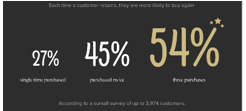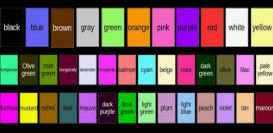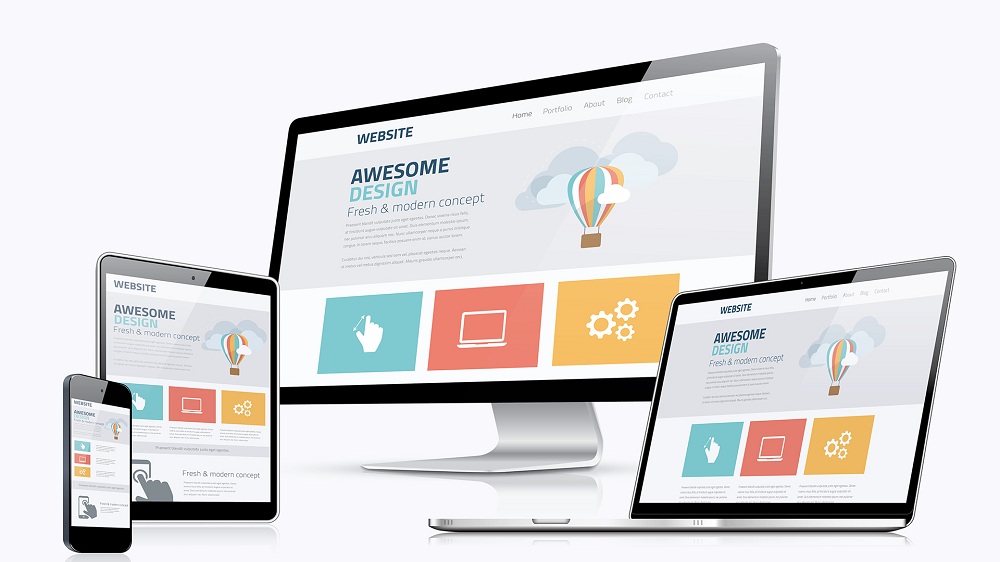Picking the correct theme is step one. Your theme will be the foundation of your website and directly impact the overall feel, atmosphere and user experience.
This important decision can be overwhelming, particularly if this is your first time using Shopify or theme shops in general.
- What type of experience do I want to give my customers? The layout, the image size, the placement of text etc. All of these factors will contribute to the overall atmosphere that shapes the user experience.
- What is my competition doing? Do not only copy what they are doing, but take note of how you can improve.
When choosing a theme, don’t worry about the typography or colour scheme. These can usually be changed later. For advice on Shopify Website Design, visit a site like https://www.etempa.co.uk/shopify-web-design/

- Avoid cognitive overload (clutter)
You’ll want to show off everything in your arsenal, whether it’s a wealth of information or the history of all products you’ve made. There are a few customers who will want to know the history of your company, but they are rare. Give your best products a prominent place on your website.
Do not be afraid of trimming the fat. Learn how to distinguish between must-haves, and want-to-haves.
- Increase loading speeds
If you don’t use a Shopify website, slow loading times could ruin your business. Each extra second it takes for your page to load can reduce conversions by 7 percent and page views by 11 percent. Google ranks faster sites higher, even if they don’t improve the user experience.

There are many factors that can affect your loading time. However, there are some techniques which should reduce the loading time in general:
- Compress Images: You want to use high-quality images to sell your products, but they take longer to download. Compressing images allows you to have your cake and eat them too. Online tools such as Compressor.io are free and can reduce the file size by up to 50% without affecting image quality.
- Remove non-essential widgets: In excess, site components like widgets, applications, and other plug-ins can slow down the loading time. To streamline your website, remove all but the essentials.
- Avoid Third-Party Themes: While this may not always be the case, third-party themes can sometimes have unexpected additions which slow down the loading of the site. Contact the developer if your theme wasn’t created by Shopify to find out how you can speed up loading times.



